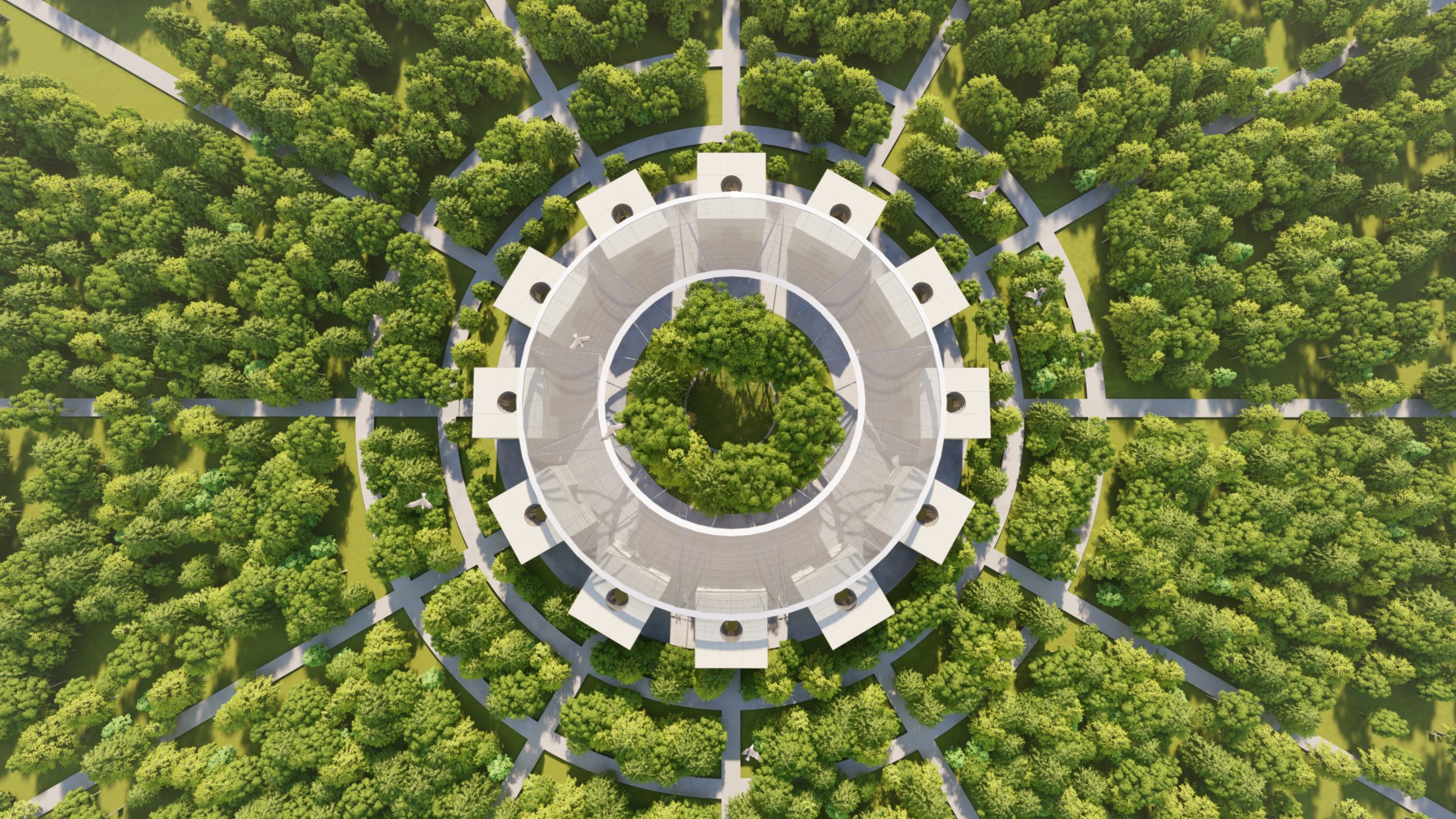
Flexi-use
The town centre should be a place of opportunity – where space is available to big and small businesses alike and there are a variety of uses for different ages and demographics. The future town centre is a place where everyone will have something to do – whether as part of their work, leisure or daily necessities. Achieving this relies on striking a mutual benefit between consumers, landlords, businesses, developers and residents. The pandemic has heightened several years-long trends, including the rise of e-commerce and its impact on the high street. In 2020, 17,500 chain stores closed their doors on the UK’s high streets, shopping centres and retail parks, while online retail sales grew 36% – the highest jump since 2007. Increases in the number of people working from home and those moving out of cities are also changing how and where people spend.
It’s a challenging time for retail but a time to build back better. To survive, high streets need to evolve into multipurpose locations with residential, education, healthcare, cultural, technology, community, retail and hospitality uses – a tall order that requires flexible thinking. Fortunately, a flexible mindset is evolving around what a space can be. We are already seeing the emergence of flexi-use spaces in which leasing, design and use case of properties are approached more creatively than ever to the benefit of both businesses and customers.
This often requires reshaping ideas around spatial design and leasing. At the TX Huaihai Youth Energy Center in China, e-commerce operators with strong social media followings can open a shop for three months. They benefit from TX’s curated influencer accounts, which attract a young demographic who don’t traditionally shop at malls.
This kind of quick turnaround of small brands requires spaces which are physically flexible – where fit-outs can change fast and accommodate different types of merchandise, while also being able to project the emerging brand messages on different kinds of media platforms. The space would be dedicated to short-term, small-space lettings for emerging local designers. This would give landlords a chance to test out the types of businesses that attract customers while also enhancing opportunities for those businesses to grow.

TBC Bank in Georgia is another example of expanding what a store can be. TBC recently opened a 4-storey flagship space with zones dedicated to exhibitions, presentations, co-working, personal banking and more. There’s also a library and café.
From an architectural perspective, this is an example of thinking about an existing space flexibly without significantly changing its physical properties. The TBC bank is a single tenant providing a variety of services and experiences but this could be split between different operators in close proximity. In our illustrated example we have taken a high street terrace and imagined how this may have a different use at each floor; if the floors were continuous behind the facades horizontally and a dedicated front door was introduced to every floor. A traditional shop unit has a frontage, a retail space and a stockroom, usually at the back. In the near future, the shop may occupy a small portion of the frontage while the stockroom may expand and be operated by a logistics company fulfilling hyper-local deliveries.

Hangout centres
Traditional retail is no longer the core focus of the high street. Increasingly, retailers are dedicating square footage to ‘hangout centres’ that allow for moments of connection – a trend the pandemic, which moved so many exchanges online, has thrown into relief. Lounging and socialising are now as important as shopping in terms of attracting customers. You can see this in action at The Commons, a mall in Bangkok, where more than 30% of the space is open-air and dedicated to public spaces, including a kitchen, a lawn and two studios. Locals can book the mall’s upper floors to do yoga, play music, or take part in art and dance workshops.
While hangout centres don’t rely on a single building typology, the architecture itself is key to fostering social connections and interaction across different ages, demographics and occupations. At The Playhouse in Tokyo, for example, transformable elements allow a variety of events across the building. The entrance atrium is designed as a fly tower with a movable curtain that creates a temporary stage for talks and concerts, while the ground-level shopping area features rotatable walls, providing flexible space for pop-up markets, fashion shows and workshops.

We believe certain uses lend themselves better to particular heights and floors in a building. For example a roof usually has the biggest potential as an outdoor green space, so it follows that the floors near it should be dedicated to community infrastructure such as affordable workspace, education spaces, and function rooms for clubs, social events and exhibitions. Meanwhile the ground, basement and first floors could work as retail showrooms with food halls, and the middle could be let to a long-term tenant like a leisure, healthcare or workplace operator. These uses would likely exist separately but structuring them around existing vertical circulation like an escalator hall would heighten visitors’ awareness of the adjacent uses and people using them, which creates a richer human experience and a better urban environment.





































































































































































































































































